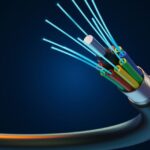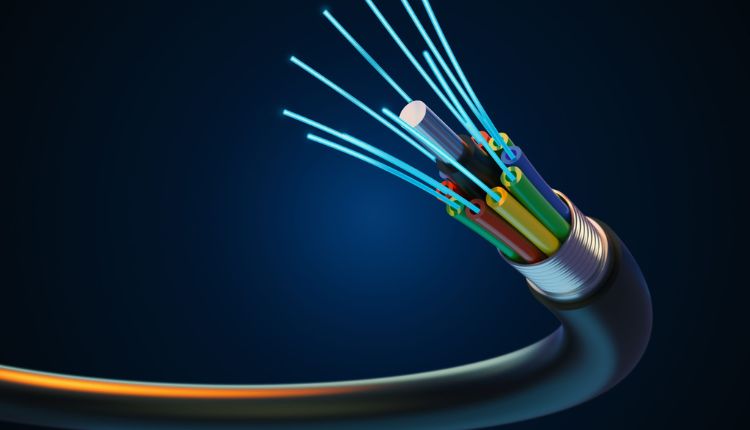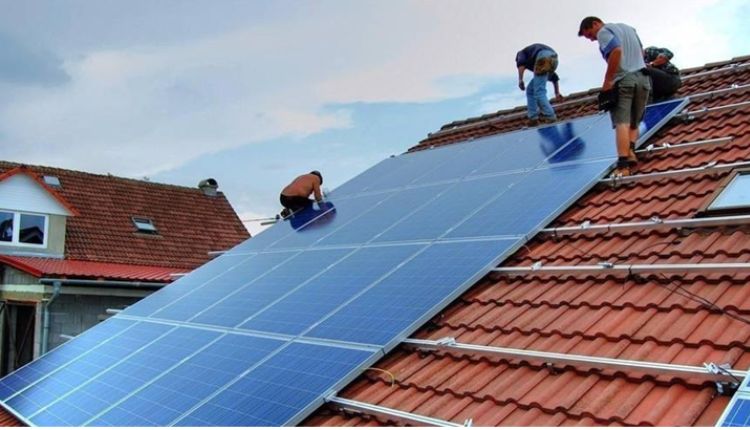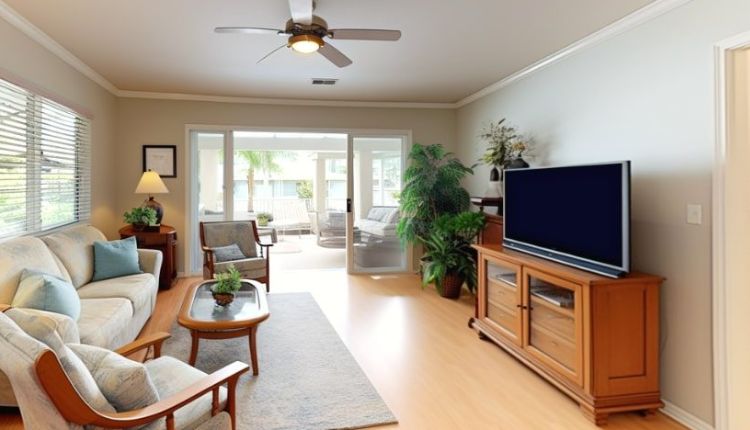According to some sources, as many as 60 percent of Americans are unsatisfied with their current internet. Some are unhappy because their internet is slow or they’re dealing with excessive disconnections and downtime. For others, the problem lies more in poor customer service from their internet providers. In some cases, they’re dealing with all those problems at once. Either way, they’re looking for new alternatives that will give them a more satisfying online experience.
Several types of internet connections are available to today’s homeowners, including cable, DSL, satellite, and 5G. That being said, residential fiber internet from providers like Hosted America is being touted as the best choice. It offers a number of advantages over other alternatives. Of course, there are also a few additional considerations to be mindful of if you’re thinking of making the switch. Read on to learn more about fiber internet for your home.
Exploring the Benefits of Fiber Internet
First, let’s take a look at the benefits of fiber internet. It offers more bandwidth than other internet connections. As such, it’s faster, and it tends to give you symmetrical upload and download speeds. It can support multiple users simultaneously as well. At the same time, fiber internet is less susceptible to interference from power lines, electronic devices, weather, buildings, and other hurdles than other types of internet. That means it’s not as vulnerable to slowdowns and outages.
In light of those factors, fiber can certainly provide a more seamless online experience regardless of how many people in your home are connected, your usual online activities, and what’s going on around you. It’s a more secure connection as well, so it can help keep you safe from hackers. Furthermore, it’ll help set your family up for the future. As technology continues to evolve and more connected devices become available, it’ll be able to handle the extra load. That’s probably not going to be the case with other types of internet.
Additional Points to Think About
In terms of bandwidth, speed, reliability, uptime, and security, fiber internet is the clear winner. It only has a couple of drawbacks. For one, installation can be more expensive. When you spread out that cost over a lifetime of use and weigh in the benefits, though, it tends to balance out. In fact, the expense can easily be justified in improved speed and reliability alone. Secondly, fiber internet isn’t yet available everywhere, so not everyone has access to it.
Finally, it’s important to understand that even among fiber internet connections, not all of them are the same. Providers offer two options: fiber to the home and fiber to the node. With fiber to the home, fiber-optic cables bring internet service from its source all the way into your house.
With fiber to the node, fiber cables run to a local junction box, and existing copper DSL lines are used to connect your home to the junction. Since older technology is used to carry internet across the final stretch to your home, you might experience some of the same issues as you did with DSL or cable internet. You don’t exactly have a say in which one you get. It’s up to your ISP.
Taking Advantage of Fiber Internet
There’s little denying that fiber internet is the best option on the market right now. Millions of people have made the switch and never looked back. It can completely transform your online experiences. Still, it’s important to keep those extra details in mind if you’re thinking about transitioning from your existing internet connection to fiber.
















